When cruising through the strip of small businesses running along Florence Avenue in the City of Bell, a newly renovated building with two-way mirror windows stands where supplement store “Mas Natural” once did. The purpose of the tint is to provide privacy to the neighborhood’s youth seeking services at the now Mi SELA, Southeast L.A.’s first LGBTQ+ resource center.
Earlier this week, the Latino Equality Alliance (LEA) opened Mi SELA, an LGBTQ+ community center at 4265 Florence Ave. which offers leadership development, academic support, parental guidance, substance abuse education, counseling and other drop-in opportunities. Bell Mayor Fidencio Gallardo and Congressman Robert Garcia both addressed the more than 80 community members in attendance at Wednesday’s ribbon cutting with a speech that touched on the importance of youth resources as well as their own personal struggles with coming out.

More than 80 community members tour the newly-renovated Mi SELA building that recently opened its doors to the Southeast L.A. neighborhood. Photo Courtesy of LEA
“I grew up ashamed of being gay,” Gallardo said. “It’s hard when you grow up in a Catholic, Mexican family. To know that this resource is here, I think it’s amazing.”
Gallardo and Garcia were not the only elected officials to show face. Bell Gardens City Council Member Marco Barcena also made an appearance in addition to representatives from Lena Gonzalez, Anthony Rendon and Janice Hahn’s offices.
LEA previously partnered with the Los Angeles LGBTQ+ Center to form Mi Centro, a similar coalition in Boyle Heights which opened in 2015. The mission is the same for both centers, advocating the safety, wellness and overall equity of the city’s LGBTQ community while focusing on youth empowerment, family acceptance, and other forms of civic engagement.
Although Mi SELA has yet to include the legal services, psychiatric care and STI and HIV testing offered by Mi Centro, the team matches them on resources like tutoring, cultural arts, computer and internet access and referrals to external services. LEA is confident however that additional benefits could be offered down the line as pop-ups if needed.
The nonprofit’s Executive Director Eddie Martinez said that he remembers the lack of opportunities available to queer youth when he was growing up which made coming to terms with his sexuality a challenge.
“I didn’t have the resources and support to really think about coming out in high school, because there was this fear, stigma and shame, because of my religious upbringing,” said Martinez, who often passed the building on his walk home from Bell High School. “I think having a center here today provides some support for the current youth who may be struggling with coming out and provide another space for parents to come here and get educated and support their child.”

LEA Executive Director Eddie Martinez receives a certificate of recognition from Congressman Robert Garcia who often advocates for the LGBTQ community. Photo Courtesy of LEA
The organization was formed in 2009, following the passing of Proposition 8 which banned same-sex marriage in California. LEA specifically targeted Boyle Heights and Southeast LA as a result of the area’s voting demographics which strongly opposed the ballot measure. Shortly after LEA’s formation, the nonprofit held a forum in the City of Bell which surveyed the more than 200 community members who showed up to participate. The assessment echoed the area’s need for charitable organizations that empower queer teens and support LGBTQ members and their families through community outreach.
“We realized that we have to be the ones to go into our neighborhoods and educate our gente about marriage equality and other LGBTQ+ issues,” Martinez said.
After almost a year of waiting, the Amity Foundation approved LEA for a $460,000 grant last spring that would bring the neighborhood’s needs to life through Mi SELA. The award will cover the expenses of a business license, rent, furniture, staffing and other costs over the next three years. The nonprofit plans to advertise the youth center by printing and distributing 20,000 door hangers and flyers to schools and homes throughout Southeast L.A. in addition to collaborating with academic clubs like the Gay Straight Alliance and other LGBTQ+ groups.
Although LEA feels that they are sufficiently staffed already, allocating members from their own team as well as AmeriCorps interns from Cal State LA, Martinez is confident that adding employees as needed shouldn’t be a problem. The Huntington Park resident said that through networking with county institutions like the Department of Mental Health and with private donations from organizations like the Hot Topic Foundation, Mi SELA should be able to secure further funding to cover any additional expenses.
Alex Medina first heard about LEA’s services when he was assigned to cover a story about Mi Centro for his high school’s newspaper.
“Just through that initial article I got really interested in the work they were doing so I got involved myself,” said the Downtown LA resident who came out as gay to his parents two years prior. “It really helped me grow as a person and learn more about the community itself and try to help other folks like me who are going through similar experiences being gay and Latino.

Visitors takes a closer look at the setup of opening-day arrangements provided by LEA. Photo Courtesy of LEA
Medina is grateful for the acceptance of his family who got involved with LEA’s queer services when he became an intern on the organization’s youth council in 2015 where he mentored teens like himself for three years before leaving his position to support from the sidelines. He recognizes machismo and homophobia as barriers in Latino culture that make it hard for teens to fully express their identity.
As Latinos account for 49% of the county’s population according to the U.S. Census Bureau, Los Angeles can be considered as an epicenter for the culture’s queer youth. According to the Williams Institute, UCLA’s public policy research organization that centers on sexual orientation and gender identity, LGBTQ+ members account for 523,000 people in Los Angeles or 5.1% of the county’s population, which is only surpassed by New York City’s queer demographic.
“I definitely feel like it’s a necessity to have spaces like Mi SELA here in the community,” Medina said, “because when it comes to certain resources for the LGBTQ+, it’s important for intersectionality to be considered when offering support and understanding a person’s experience within the community.”

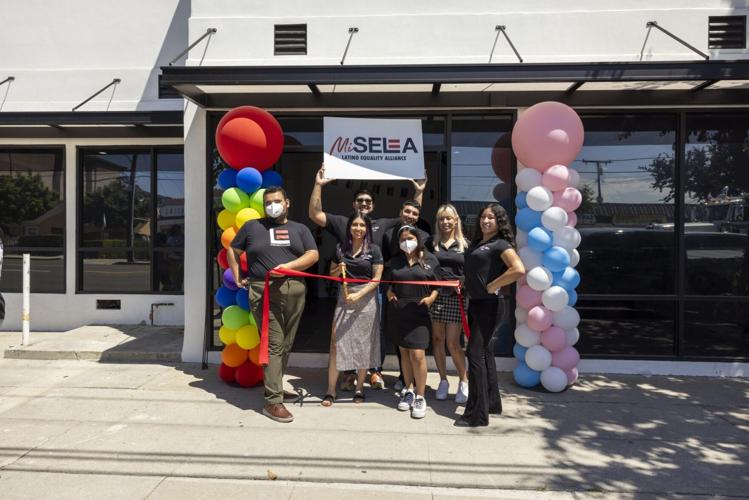
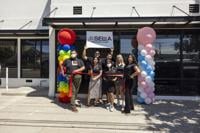

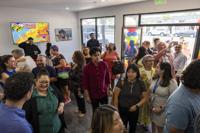

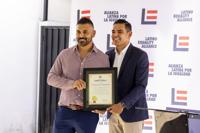

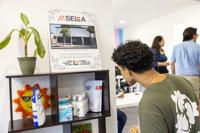
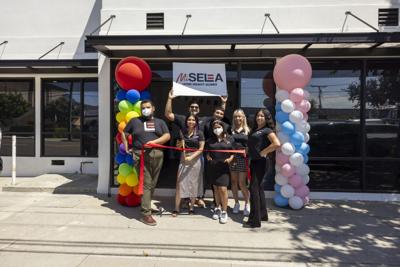

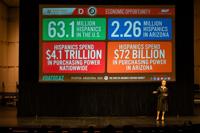





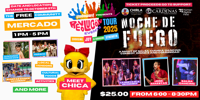
(0) comments
Welcome to the discussion.
Log In
Keep it Clean. Please avoid obscene, vulgar, lewd, racist or sexually-oriented language.
PLEASE TURN OFF YOUR CAPS LOCK.
Don't Threaten. Threats of harming another person will not be tolerated.
Be Truthful. Don't knowingly lie about anyone or anything.
Be Nice. No racism, sexism or any sort of -ism that is degrading to another person.
Be Proactive. Use the 'Report' link on each comment to let us know of abusive posts.
Share with Us. We'd love to hear eyewitness accounts, the history behind an article.